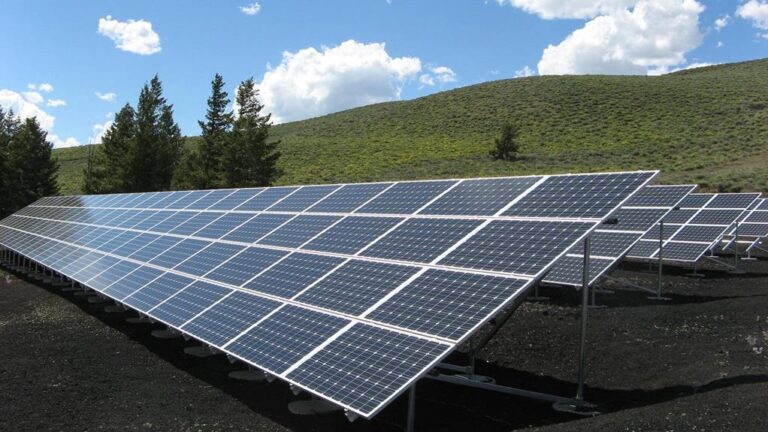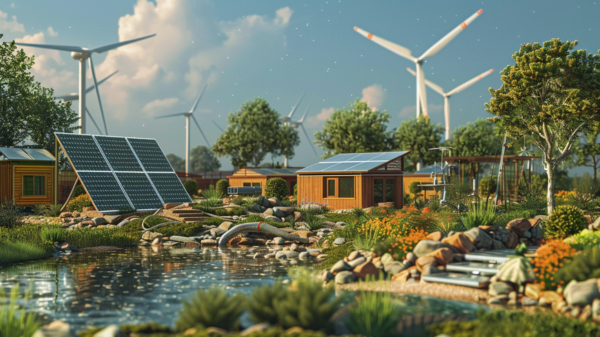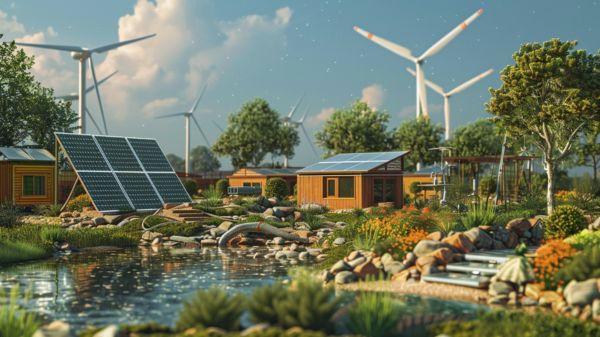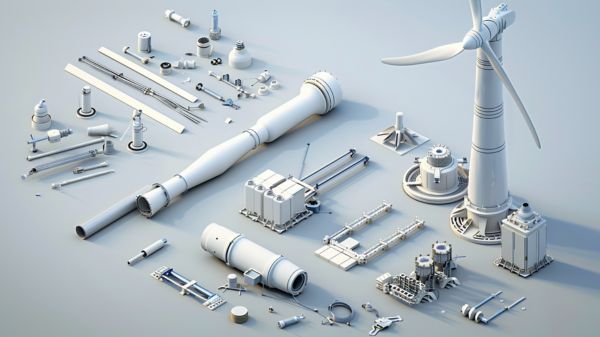Why Does a Green Energy Mitigate Climate Change?
We know there’s strength in numbers. So, when it comes to tackling climate change, we need a collective effort. That’s where a green economy comes in. In this article, we’ll explore the impact of a green economy on climate change and how it is essential to lead us towards a sustainable future.
By reducing greenhouse gas emissions, transitioning to renewable energy sources, promoting sustainable transportation, conserving and restoring ecosystems, and adopting circular economy principles, we can make a significant impact.
Let’s join forces and make a difference together.
Reduction of Greenhouse Gas Emissions
To effectively mitigate climate change, we must actively work towards reducing greenhouse gas emissions over time. One way to achieve this is by improving energy efficiency across various sectors. By implementing energy-efficient technologies and practices, we can reduce the amount of energy required to perform tasks, thereby lowering greenhouse gas emissions.
For instance, using energy-efficient appliances, such as refrigerators and air conditioners, can significantly decrease energy consumption and carbon dioxide emissions. Another effective strategy is the implementation of carbon pricing mechanisms. Carbon pricing involves placing a monetary value on greenhouse gas emissions, either through a carbon tax or a cap-and-trade system.
This approach encourages businesses and individuals to reduce their emissions, as they face financial incentives or penalties. Studies have shown that carbon pricing can effectively reduce greenhouse gas emissions while also promoting innovation in low-carbon technologies.
Therefore, a combination of energy efficiency measures and carbon pricing mechanisms can play a crucial role in reducing greenhouse gas emissions and tackling climate change.
Transition to Renewable Energy Sources
As we actively work towards reducing greenhouse gas emissions, we can accelerate our transition to renewable energy sources by incorporating them more frequently in various sectors. Transitioning to renewable energy not only helps mitigate climate change but also brings significant economic benefits and job creation opportunities.
According to a report by the International Renewable Energy Agency (IRENA), the renewable energy sector employed over 11 million people worldwide in 2018, with the potential to create millions more jobs in the coming years. Additionally, investing in renewable energy can boost local economies by reducing dependence on imported fossil fuels and promoting the growth of domestic industries.
Moreover, renewable energy technologies, such as solar and wind power, have become more cost-competitive in recent years, making them attractive options for both businesses and households.
Promotion of Sustainable Transportation
Transitioning to renewable energy not only helps mitigate climate change but also brings significant economic benefits and job creation opportunities. Incentivizing sustainable transportation options is another crucial aspect of building a green economy.
Promotion of sustainable transportation can help reduce greenhouse gas emissions, improve air quality, and enhance public health. Economic incentives play a vital role in encouraging individuals to choose sustainable transportation alternatives.
Governments can provide tax incentives or subsidies to promote the use of electric vehicles or hybrid cars. Investing in public transportation infrastructure is essential for reducing car dependency and promoting greener modes of transportation.
Efficient and accessible public transportation systems can reduce traffic congestion, lower fuel consumption, and decrease carbon emissions.
Conservation and Restoration of Ecosystems
While conserving and restoring ecosystems, we actively contribute to mitigating climate change and building a green economy.
Ecosystems provide numerous services that are essential for human well-being, such as clean air and water, nutrient cycling, and climate regulation. By preserving and restoring these ecosystems, we ensure the continuity of these services and help to maintain the delicate balance of our planet.
Biodiversity conservation plays a crucial role in this process, as diverse ecosystems are more resilient to environmental changes and better able to provide the necessary services. Moreover, healthy ecosystems can sequester carbon and mitigate the impacts of climate change.
Adoption of Circular Economy Principles
To continue our discussion on the conservation and restoration of ecosystems, let’s now delve into the adoption of circular economy principles and their role in mitigating climate change.
Circular economy practices in manufacturing refer to the implementation of closed loop systems, where resources are used efficiently and waste is minimized. This approach aims to reduce the extraction of raw materials and the generation of waste, thereby reducing greenhouse gas emissions and ecological degradation.
Conclusion
The transition to a green economy holds immense potential in mitigating climate change. By reducing greenhouse gas emissions, embracing renewable energy sources, promoting sustainable transportation, and conserving ecosystems, we can make significant strides in combatting the effects of climate change.
This shift towards a circular economy isn’t just a small step, but a giant leap towards a greener and more sustainable future, where our planet thrives and our future generations can flourish.





